Jessie Holmes was launched into the limelight in 2015, by being featured in the first episode of the sixth season of National Geographic’s award-winning documentary reality TV adventure series entitled “Life Below Zero.” It follows the lives of various wilderness experts who live and work in the remote, isolated regions of Alaska. These individuals, sometimes families have chosen to stay off-grid, and rely on their skills and resourcefulness to survive in the harsh and often unforgiving environment in or close to the Arctic.
Each episode of “Life Below Zero” follows one or more of its main characters as they go about their daily lives. These include hunters, fishers, and trappers, who rely on the land and water for their livelihood. The series also features several homesteaders who have chosen to live in the remote wilderness of Alaska in order to live a self-sufficient lifestyle, and who prefer the relative solitude to the crush of modern urban areas.
In addition to showcasing the daily challenges and triumphs of life in the Arctic, the series also explores the cultural traditions and history of the native Alaskan people. It offers a fascinating look at the Inupiat culture and the deep connection that these people have to the land and their way of life.
https://www.facebook.com/jessieholmeslifebelowzero/photos/a.1937132903174967/2337913309763589
Overall, “Life Below Zero” is a must-see for anyone interested in adventure, survival, and the human spirit. The show is a testament to the resilience and determination of the people who call Alaska home, and it provides a unique and inspiring look at the beauty and ruggedness of one of the most remote and beautiful places on the planet.
One of the main characters in the show is Sue Aikens – the owner and operator of Kavik River Camp, which is a remote hunting and fishing lodge located in Northern Alaska. Aikens is a fiercely independent woman, who’s lived in the Alaskan wilderness for over 30 years, and faced numerous challenges and dangers throughout her time in the 49th state, including extreme weather, wild animals, and the isolation of living in the frozen middle of nowhere.
Chip and Agnes Hailstone are highly important characters as well, who live with their children on the banks of the Kugururok River in the remote village of Noorvik. Chip is a skilled hunter and fisherman who provides for his family by hunting and trapping in the surrounding wilderness. Agnes is a traditional Inupiat woman, who is deeply connected to her cultural roots and the land.
Other characters in the series include Glenn Villeneuve, a self-sufficient homesteader who lives in a small cabin near the town of Chandalar; Erik Salitan, a hunter and trapper who lives with his wife and children in the remote village of Wiseman, as well as Andy and Kate Bassich, who run a dog sledding business in the tiny and hardly accessible village of Eagle.
Jessie Holmes is another of the colorful bunch, having joined the cast in the third year of the series existence. Unlike most other characters, he wasn’t praised mainly for being able to survive in the cold, but actually for his unique grasp of the mentality of racing canines, since he is known throughout the state as one of the most proficient mushers, working with a jaw-dropping 40 sled dogs under his command at the same time.
Why mushing made Jessie famous and how he got into it
Mushing is a term used to describe the sport of dog sledding, in which a team of sled dogs pulls a sled or sleds over snow and ice. The person driving the sled is called the musher, and the dogs are typically Alaskan or Siberian Huskies, or Malamutes.
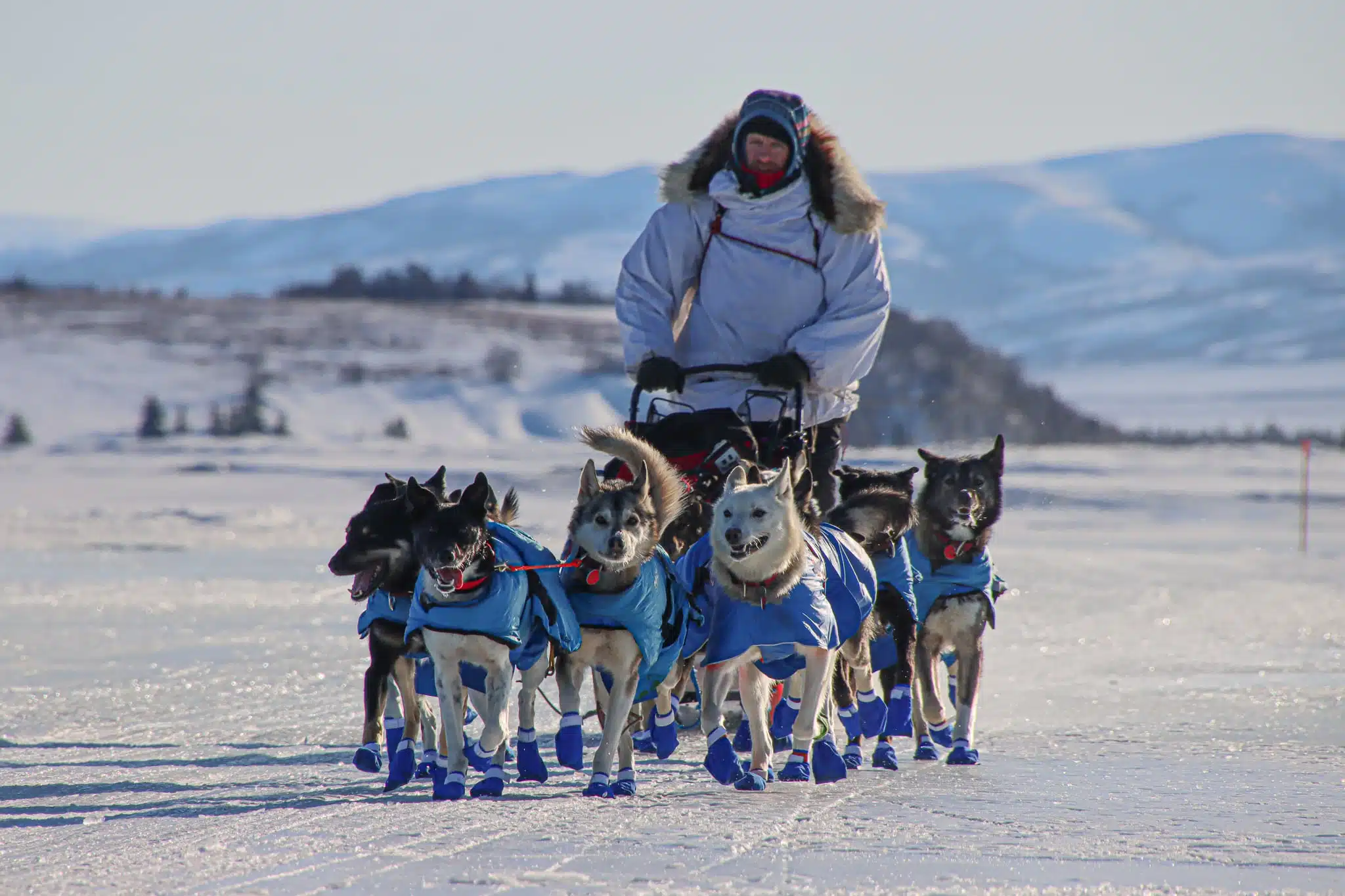
The sport has a long history in Arctic and sub-Arctic regions, where it was originally used as a means of transportation and hunting. In modern times, mushing has evolved into a popular recreational activity and competitive discipline, which Holmes warmed up to rather quickly.
There are several types of mushing events, including sprint racing, mid-distance racing, and long-distance racing. Sprint racing typically involves short and fast races over a distance of one to 10 miles (1.6 to 16 kilometers), mid-distance racing typically covers distances of 20 to 50 miles (32 to 80 kilometers), while long-distance or marathon racing, involves races of 100 miles (160 kilometers) or more, and is considered the most demanding but prestigious type of mushing event.
In order to be considered eligible for participation, a musher must have a team of sled dogs that are well-trained and in good physical condition. He is the sole person responsible for training and caring for the canines, including feeding them a balanced diet, providing them with shelter, and ensuring that they are healthy and fit.
In addition, sled dogs also require mental training and discipline. Mushers use a combination of positive reinforcement and firm commands to train their animals, and establish a clear hierarchy within the team.
Jessie Holmes, the star of Life Below Zero, stopped into Noorvik for the Kobuk 440.
I met him at Iditarod, was at his best both times. pic.twitter.com/8lvW8mxYcw— Chip Hailstone (@HailstoneChip) May 31, 2019
Mushing is a physically and mentally demanding discipline, which requires the partakers to be in good physical condition in order to keep up with their dogs, and handle the trials and tribulations of the trail. Mushers must also be skilled in navigation, weather forecasting and emergency preparedness, as they may encounter many types of conditions and challenges along the way.
In addition to the extensive physical demands, there’s also a strong social aspect to the sport. Many partakers belong to local mushing clubs or organizations, and often participate in locally organized events and races as a way to meet other mushers, and share their passion for the discipline.
Overall, mushing is a unique and exciting sport, a demanding and rewarding activity that offers a unique and thrilling way to explore the beauty and ruggedness of the Arctic and sub-Arctic regions, and generates a strong connection to the natural world. As such, it’s highly respected in relevant circles, especially among the many cast members who make up the bulk of “Life Below Zero.”
Born under the sign of Pisces on 20 February 1982, in Odenville, Alabama USA, Jessie Holmes was initially someone with a very different supposed future. He learned important woodworking skills from his father, and upon matriculating from high school in 2000, he moved to the state of Montana to work as a carpenter.
Jessie’s best friend for a long while, and throughout the three years he spent in carpentry, is his dog Freedom. Influenced by media and entertainment, Holmes gradually began to dream of living off the land and truly being on his own, feeling as though a greater sense of purpose lay out there to be fulfilled.
After working hard for about three years and saving enough money to start a life in the wilderness, the future TV star moved to one of the most hostile regions in North America – Alaska. His idea of survival was to exist in the small city of Eagle, situated on the south bank of the Yukon River, on the very border with Canada.
Its total population numbers a measly 83 residents, and there’s good reason for that. Like most barely-settled places in Alaska, Eagle has a rather hostile environment, with a record low temperature of -71 degrees Fahrenheit (-57 Celsius) and very long, dry winters. To a would-be survivalist from the warm embrace of Alabama, living here was apparently the perfect challenge.
After spending a few years learning the ropes, along with his dog in Eagle, Holmes felt that he’d found his calling. Freedom responded really well to training and became quite acclimated to the environment, and Jessie was well aware of what a difficult task this animal discipline was for most of his neighbors.
Seeking new opportunities and more customers, he moved out west to Nenana, Yukon-Koyukuk Census Area’s home rule city. The community has slightly higher record lows, as well as more than four times the population of his previous place of residence. Naturally, this comes with more diverse amenities and utility buildings, such as a train station and a post office.
There, he began training dogs from all over Alaska, suiting them up to be fearsome companions in the unforgiving climate. The greatest challenge for a dog trainer in the arctic, however, is getting them to pull a massive sled through seemingly endless seas of snow in freezing temperatures. Due to this fact, Holmes naturally evolved into particularly training only sled dogs, and eventually attending races too.
Becoming a mushing legend
By the early 2010’s he was already an expert at training the animals, but not so much of a famous musher yet. Jessie then slowly began working his way to the top, primarily participating in small-time local sled face-offs, as well as frequently taking his canines for a spin through the wilderness.
https://www.instagram.com/p/Ckefb9jPCtq/
In 2017 he made his first real breakthrough in the harsh discipline, winning the Kobuk 440 race; this popularity allowed him to qualify for the Iditarod. Labeled ‘the last great race,’ Iditarod is definitely the dream of every musher in Alaska, offering great prizes and very difficult trails, with a perfected ranking system and streamlined organization.
Although he placed only seventh in the 2018 Iditarod, Holmes was widely recognized by his fellow competitors and judges alike, earning the award of Rookie of the Year. The trail stretched from Anchorage to Nome, over a total of 975 miles (1570 kilometers). The teams are all limited to 16 dogs per sled, for which Jessie picked his very best. As the race was set in early March, this meant that the mushers and their canines had to sprint though sub-zero temperatures and frequent blizzards across the arctic.
After reaching the finish line, Jessie said that ‘Sixteen dogs is a ton of power. It’s like a freight train. This is what they live for and what I live for.’ He was 11 hours slower than the winner Joar Leifseth Ulsom, coming in with a time of nine days, 23 hours and 39 minutes. Regardless, Holmes didn’t go home empty-handed, since he also won a hefty $25,000 alongside the award.
He’s remained involved with the sport ever since, trying his hardest for a new record every year. He placed 27th in 2019, ninth in 2020, and 15th in 2021. Such was the case in the 2022 Iditarod races as well, in which he earned third place, taking home an enviable $40,000. His total winnings from Iditarod thus far number amount to over $100,000.
Why is he not in the show anymore?
Throughout “Life Below Zero,” the focus was more on Jessie’s homestead and day-to-day life, but his real career is off-camera, sprinting through the Alaskan snow. It’s for this reason that he dropped out after five years and six seasons in the show, as he couldn’t balance this great source of income with his true passion. He briefly reappeared in two episodes in season 17, entitled “Winter’s Sunrise” and “Breaking Trail” in 2021, but that seems to have been a one-off.
In late 2022, Jessie maintains a laser focus on becoming the best musher on the planet, spending most of his waking hours improving the speed and endurance of his sled dogs. Aside from that, he also has his own kennel business, in which arctic canines are regularly turned into true snow sprinters.
Can’t Stop Kennels operates on the banks of the Brushkana River, near Denali National Park. While the cornerstone of the business is training dogs, the team also engages in various daily activities of Alaskan survivalists, such as trapping, hunting, fishing, gardening and building.
This is the same homestead he was seen building from scratch in “Life Below Zero,” which in spite of his tremendous success as a musher, was the main reason for his presence in the show. With the producers having less of an interest in the musher, as well as Jessie himself being overwhelmed with his day-to-day obligations, it seems unlikely that the star will find extra time to return to the series anytime soon.

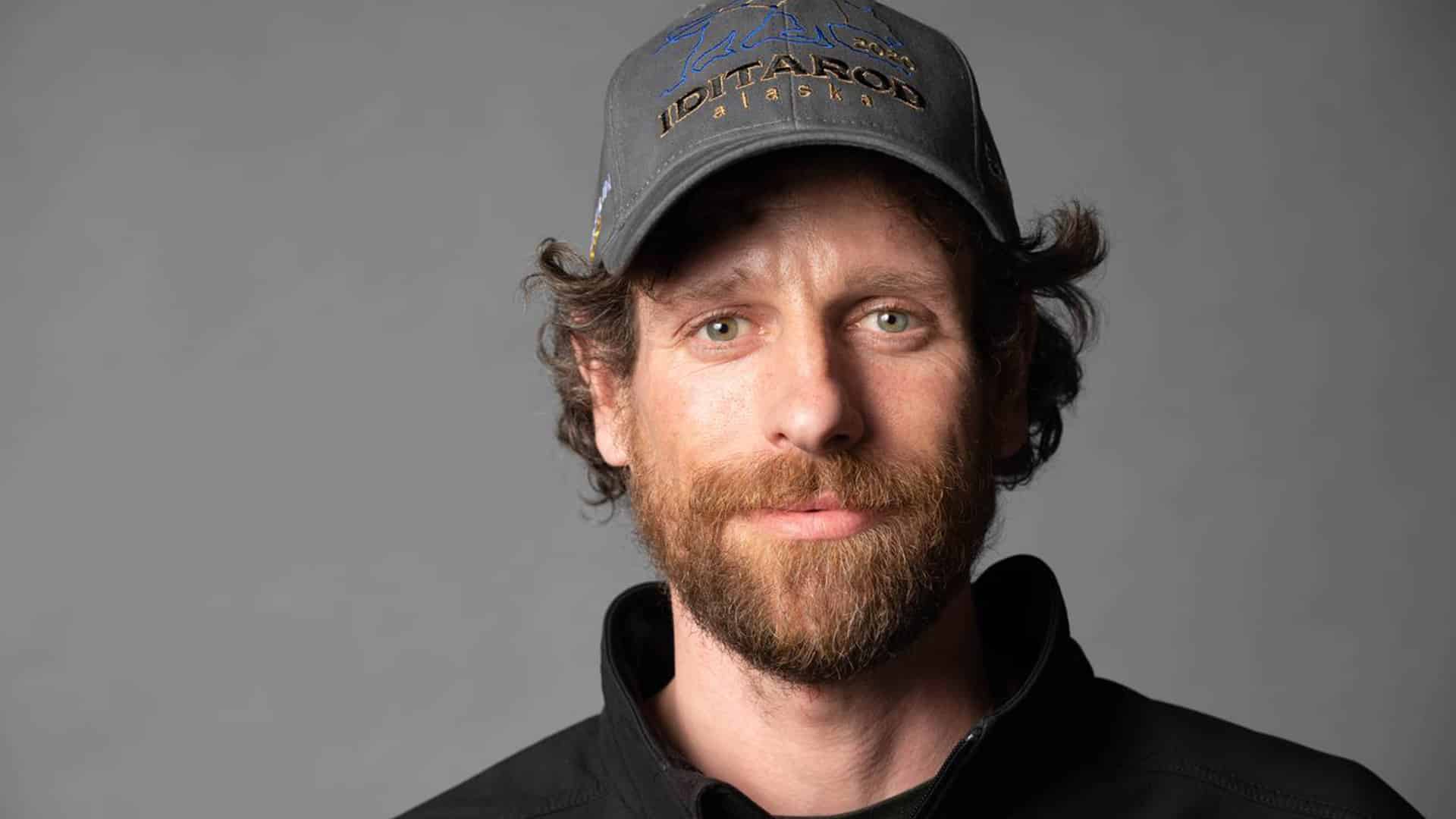

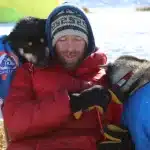

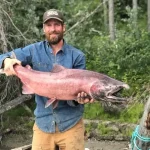


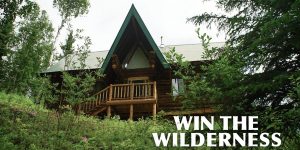


Leave a Comment